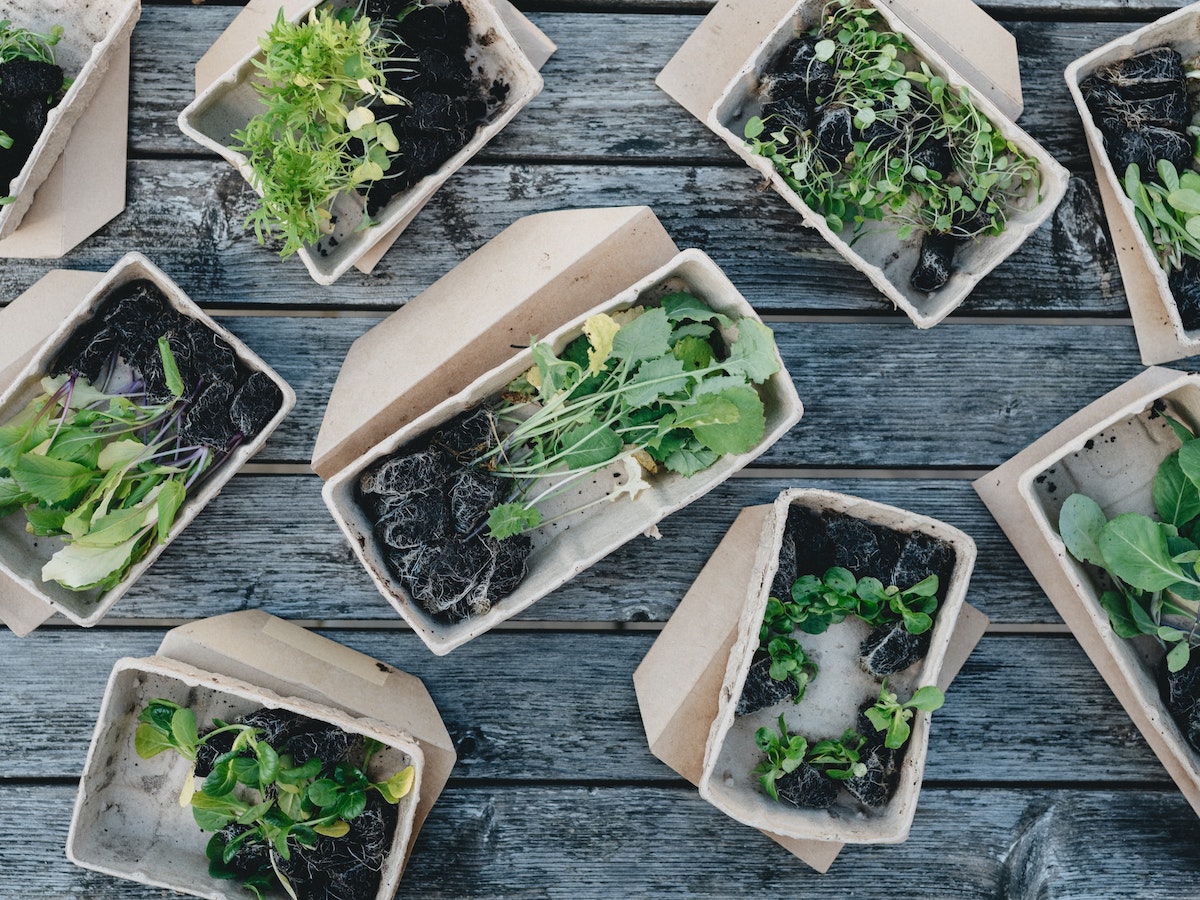Table of Contents
Plastics have gotten a bad rap in recent years as the environmental hazards of plastic pollution have come to light. This problem poses a threat to our future generations.
But not all plastics are created equal—some are biodegradable, whilst others are compostable. These terms, biodegradable and compostable, are commonly used interchangeably, but there is a big difference between the two. So what’s the difference? And which one is better for the environment?
In this blog post, we will define these terms and explain why compostable plastic bags are a better choice than biodegradable plastics.
Biodegradable Plastics: What Are They?
According to OceanWatch Australia, a non-profit national organisation, biodegradable plastics are mostly made up of polybutylene adipate-co-terephthalate (PBAT), polybutylene succinate (PBS), polylactic acid (PLA) and polycaprolactone (PCL). They are designed to gradually degrade until they could be absorbed in tiny, microscopic levels.
Biodegradable plastic is made from renewable resources, such as plant starch. This type of plastic can be broken down by microorganisms, such as bacteria and fungi. The breakdown of biodegradable plastics occurs through a process called biodegradation. During biodegradation, the molecules in the plastic are broken down into simpler compounds.
However, biodegradable plastics can only break down under certain conditions, such as high temperatures and the presence of oxygen. If these conditions are not met, biodegradable plastics will not degrade.
Moreover, biodegradable plastics are mainly used in plastics, where these break down into microplastics faster than regular plastic, be it in any conditions like compost, landfill and soil. It is possible to find biodegradable products made from plant-based materials like plants, corn oil, and starch or petroleum-based plastic easier to degrade.
When compared to composting, biodegradable goods take several months to decompose, and some recent studies revealed that some of these materials degrade into hazardous pollutants. This toxic waste is called microplastics. So even if you cannot see it, these micromaterials have toxic components for our environment.
Compostable Plastics: What Are They?
Compostable plastics are made from organic, renewable elements or plants that are able to degrade with time. They are usually derived from corn starches, bagasse and others. Degradable materials turn into humus, the most valuable and significant component of all soils. Humus has a high degree of microbial activity, which increases the good microorganisms in your soil and helps plants develop stronger immune systems. Therefore, after degrading, biodegradable items contain no hazardous substances that might harm the environment.
Compostable plastic bags are a great alternative to traditional plastic bags, as they provide the same convenience without the environmental impact.
In addition to being made from renewable resources, compostable plastics also help reduce the carbon footprint. Composting removes organic waste out of landfills, where it would release the potent greenhouse gas called methane gas.
Traditional Plastic Bags: How Bad Are They?
Traditional plastic bags are made from petroleum, a non-renewable resource. They can take hundreds of years to degrade, and in the meantime, they pollute our environment. Plastic bags are a major source of marine pollution—they often end up in our oceans, where they kill marine life.
Traditional plastic bags are also a huge strain on our waste management system. Billions of plastic bags are used globally per year, but only a small percentage of them are recycled. The rest end up in landfills, where they take up valuable space and release methane gas as they decompose.
Compostability Standards
There are several compostability standards to assist you to figure out the conditions needed for things to decompose, as well as how long you can anticipate it taking. Australia has two standards for compostable products: AS 5810 for domestic compostability and AS 4736 for industrial compostability.
The AS 5810-2010 standard is suggested since there aren’t many industrial composting facilities yet. Thus, it’s better to make sure your goods can be readily thrown away at home. So, if you are looking for compostable dog poop bags in Australia, make sure that it bears the AS 5810 standards.
Compostable Plastics: The Environmental-Friendly Champion
Compostable plastics are truly the environmental-friendly champion when it comes to plastics. Not only are they made from renewable resources, but they also help reduce the carbon footprint. They offer the same convenience as the traditional ones, minus the environmental impact. And there are many waste-to-energy benefits.
So, if you’re looking for a more sustainable plastic option, compostable plastic bags are ideal! But make sure to look for products that bear the Australian compostability standards.
Key Takeaways
What is the key takeaway from all of this?
This: compostable plastics are the clear winner when it comes to being environmentally friendly. They are made from renewable resources and are, therefore, more sustainable than traditional plastic bags.
As we continue our journey towards sustainability, it’s important to be mindful of the choices we make in our everyday lives. From the food we eat to the products we use, everything has an impact on the environment. So, next time you need some new plastic bags, make sure to choose compostable ones. Not only are they better for the environment, but they’re also just as convenient as traditional plastic bags.


